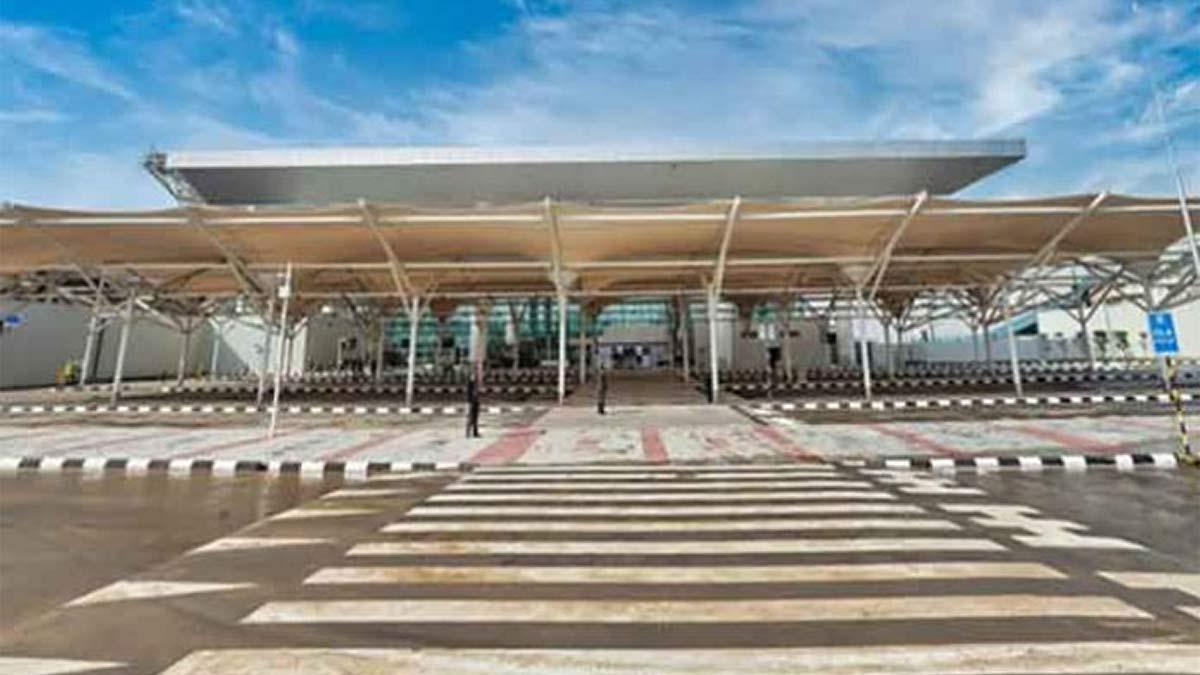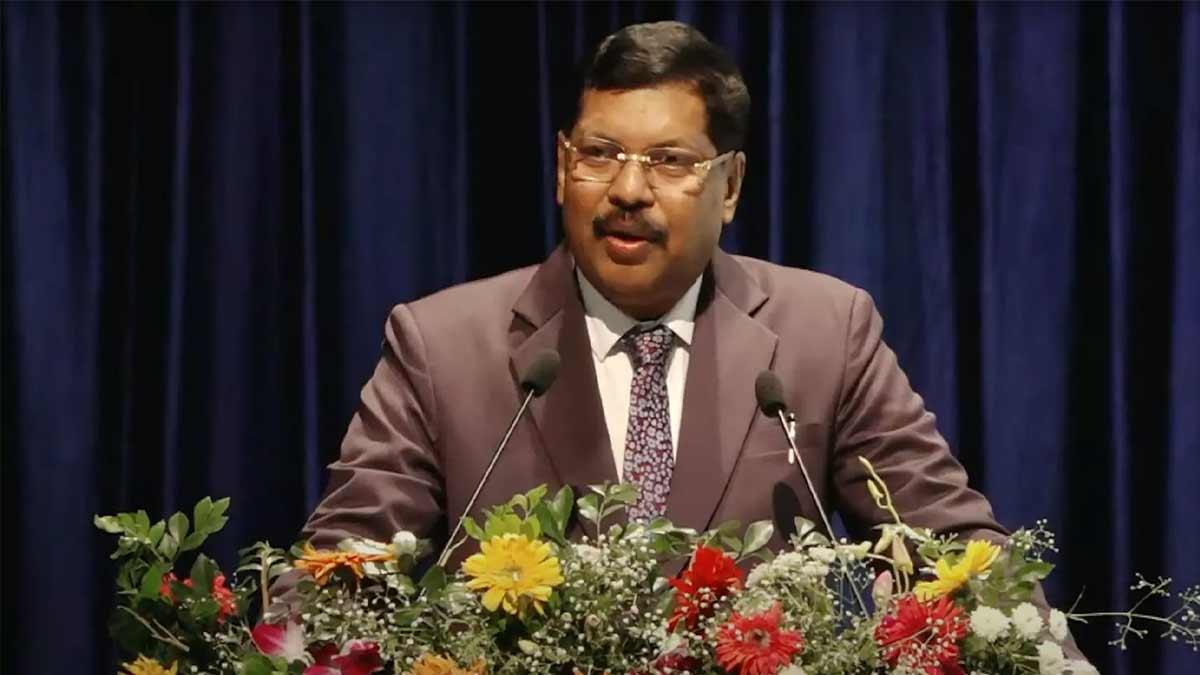The Delhi International Airport Limited (DIAL) has declared that Indira Gandhi International Airport (IGIA) Terminal 2 (T2) will be shut down for four to five months from April. The closure is a part of a massive overhaul project to modernize the terminal to meet the growing demand for domestic air travel.
Originally built some four decades back by the Airports Authority of India (AAI), T2 is going to see a major makeover at the hands of DIAL. The renovation will bring India's first self-guided docking aerobridges, in addition to the laying of skylit ceilings, state-of-the-art flooring, and improved road infrastructure. All these are being done to further enhance passenger comfort and make sure that T2 is a state-of-the-art facility capable of accommodating increasing air traffic. Once the redevelopments are finished, the terminal is expected to run at maximum capacity in the 2025-26 financial year.
During the closure of T2, flight operations will be shifted to Terminal 1 (T1), which is also in the process of being renovated. The rebuilding of T1 is at its last phase, with its expected reopening on March 15, 2025, subject to regulatory approvals. With a capacity to manage 40 million passengers per year, T1 will take in the extra 15 million travelers that T2 normally accommodates during this transition period.
In addition to terminal upgrades, one of IGIA’s runways will also undergo improvements, requiring temporary closure. The refurbishment includes the installation of an Instrument Landing System (ILS), making the runway CAT III B compliant. This enhancement will allow flight operations to continue seamlessly even in low-visibility conditions, such as during Delhi’s foggy winters, according to airport officials.
Part of Terminal 3 (T3), which handles domestic flights presently, will be transformed into an international terminal as part of IGIA's larger plan to cope with growing passenger volumes.
Currently, IGIA's three terminals are catering to a humongous number of people. T1 can handle 40 million a year, and T2 can accommodate 15 million. T3, which was originally constructed to handle 34 million global travelers, is currently functioning over its initial capacity, handling around 45 million travelers every year.
Read also| Maha Kumbh Mela Concludes as 1.32 Crore Devotees Take ‘Amrit Snan’ on Maha Shivaratri
Read also| BSF Foils Infiltration Attempt, Neutralizes Pakistani Intruder at Pathankot Border


















